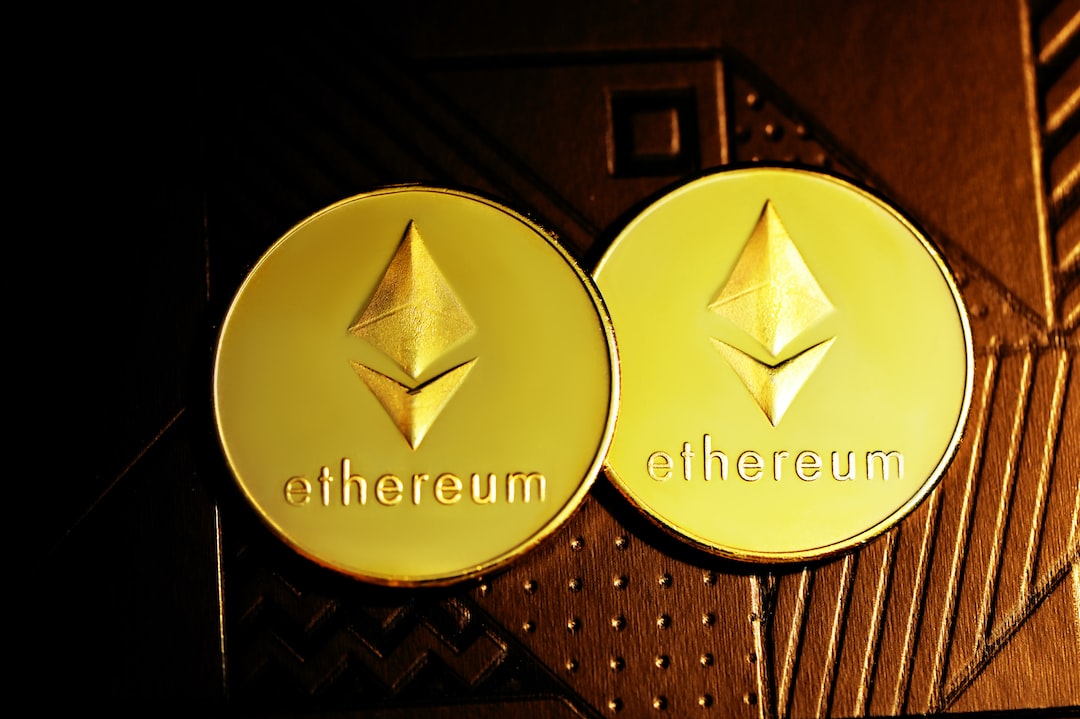Navigating the Potential of Ethereum in Decentralized Finance (DeFi)
Cryptocurrency and blockchain technology have revolutionized the financial industry. One of the most promising applications of this technology is the concept of decentralized finance, or DeFi. At the forefront of this movement is Ethereum, a blockchain platform that offers a wide range of possibilities for financial transactions without the need for intermediaries. In this article, we will explore the potential of Ethereum in DeFi and how you can navigate this exciting landscape.
Understanding Ethereum and DeFi
Ethereum is a decentralized open-source blockchain platform that enables developers to build and deploy smart contracts and decentralized applications (dApps). These smart contracts are self-executing agreements with predefined rules that eliminate the need for intermediaries. By utilizing the Ethereum network, developers can create a wide range of financial applications, including lending, borrowing, trading, and much more.
DeFi, on the other hand, refers to the ecosystem of financial applications built on top of decentralized networks like Ethereum. These applications aim to recreate traditional financial services in a more efficient, transparent, and inclusive manner. DeFi enables you to have complete control over your assets, engage in peer-to-peer transactions, and earn interest on your holdings, all without relying on traditional financial institutions.
The Opportunities in DeFi with Ethereum
The potential of Ethereum in DeFi is vast and offers numerous opportunities for investors and users alike. By using Ethereum-based applications, you can unlock a wide range of financial services without the need for a central authority. Here are some key areas where Ethereum excels in the DeFi space:
1. Decentralized Exchanges (DEX)
Traditional centralized exchanges act as intermediaries in trading cryptocurrency. Ethereum-based DEXs, such as Uniswap and Sushiswap, eliminate the need for intermediaries, allowing you to trade directly with other users. This eliminates the risk of hacking or manipulation by exchange operators and provides you with full control over your assets.
2. Lending and Borrowing
Ethereum enables you to lend or borrow digital assets without the need for banks or other financial institutions. Through platforms like Compound and Aave, you can lend your assets to earn interest or borrow assets by using your existing holdings as collateral. These decentralized lending protocols often provide higher interest rates and accessibility compared to traditional banking systems.
3. Stablecoins and Payments
Stablecoins, such as DAI and USDT, are cryptocurrencies designed to maintain a stable value against a pegged asset like the US Dollar. Ethereum-based stablecoins enable you to make fast and inexpensive cross-border payments, avoiding the high fees and time-consuming processes associated with traditional remittance services.
4. Yield Farming and Staking
Ethereum offers opportunities for you to earn passive income through yield farming and staking. Yield farming involves lending or staking your assets in DeFi platforms to generate additional tokens, which can be sold or reinvested. Staking, on the other hand, involves locking up your assets to support the network’s operations and earning rewards in return, all while securing the Ethereum network.
Navigating the Ethereum-based DeFi Ecosystem
Entering the Ethereum-based DeFi ecosystem can be overwhelming, especially for beginners. Here are some steps to help you navigate this landscape:
1. Research and Educate Yourself
Take the time to understand various Ethereum-based DeFi projects, their functionality, risks, and potential rewards. Conduct thorough research, read whitepapers, and join communities to grasp the underlying concepts and stay updated with the latest developments.
2. Start with Small Investments
If you’re new to DeFi, begin by investing a small portion of your capital. DeFi investments can be volatile, and it’s essential to take calculated risks. By starting with small investments, you can learn the ropes while minimizing potential losses.
3. Use Secure Wallets and Exchanges
When interacting with Ethereum-based DeFi applications, ensure that you use secure wallets and exchanges. Hardware wallets, such as Ledger and Trezor, offer enhanced security for storing your assets, while reputable exchanges like Coinbase and Binance provide a user-friendly gateway to the DeFi ecosystem.
4. Be Mindful of Risks
While Ethereum-based DeFi has immense potential, it’s important to be aware of the risks involved. Due to the nascent nature of this technology, DeFi platforms may be vulnerable to bugs, hacks, and market volatility. Always do your due diligence and be cautious when investing or participating in DeFi activities.
Frequently Asked Questions (FAQs)
1. Is Ethereum the only blockchain for DeFi?
No, Ethereum is not the only blockchain for DeFi, but it currently dominates the space. Other blockchains, such as Binance Smart Chain and Solana, also offer DeFi capabilities, but Ethereum’s extensive developer community and network effect make it the most popular choice for DeFi projects.
2. Can I lose my assets in Ethereum-based DeFi?
Yes, there is a risk of losing your assets in Ethereum-based DeFi. Smart contracts in DeFi platforms may have vulnerabilities, and market volatility can lead to losses. It’s crucial to exercise caution, conduct thorough research, and only invest what you can afford to lose.
3. Are there any regulations governing Ethereum-based DeFi?
The regulatory landscape for Ethereum-based DeFi is still evolving. As of now, there are minimal regulations specifically tailored to DeFi. However, it’s important to stay informed about any legal developments in your jurisdiction to ensure compliance with relevant regulations and be aware of potential changes in the future.
4. Can I participate in Ethereum-based DeFi with a small budget?
Yes, you can participate in Ethereum-based DeFi with a small budget. Most DeFi applications have no minimum investment requirement, allowing you to start with as little as a few dollars. This accessibility is one of the key advantages of DeFi, enabling anyone to engage in financial activities that were previously limited to larger investors.
Conclusion
Ethereum’s potential in DeFi is undeniable, with its ability to create a decentralized financial ecosystem offering numerous opportunities. By leveraging Ethereum’s capabilities, you can access decentralized exchanges, lending and borrowing platforms, stablecoins, and yield farming, all while maintaining control over your assets. However, it’s crucial to educate yourself, start with small investments, use secure wallets and exchanges, and be mindful of the risks involved. By navigating this exciting DeFi landscape wisely, you can harness the potential of Ethereum to transform your financial future.





 By
By
 By
By
 By
By

 By
By
 By
By